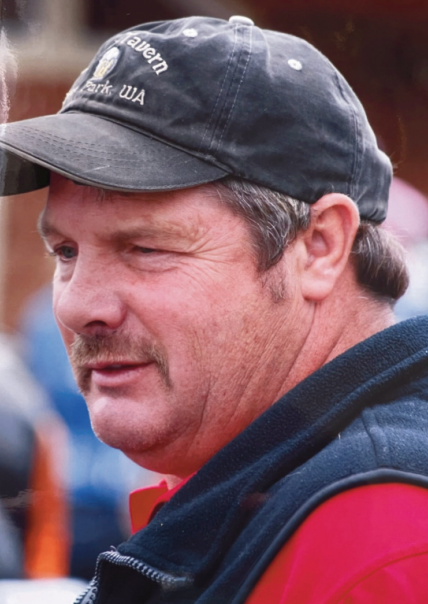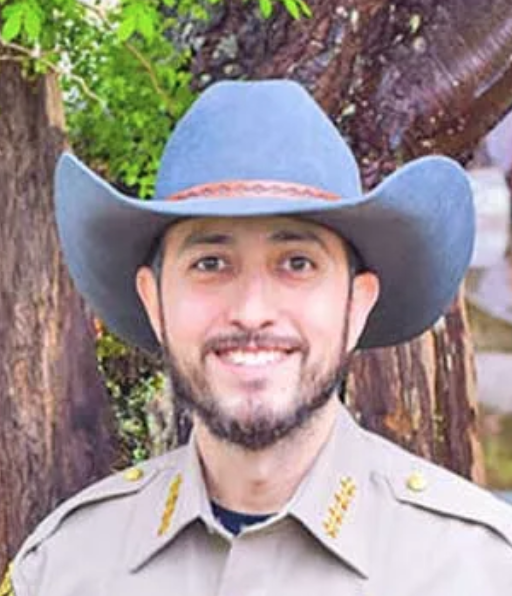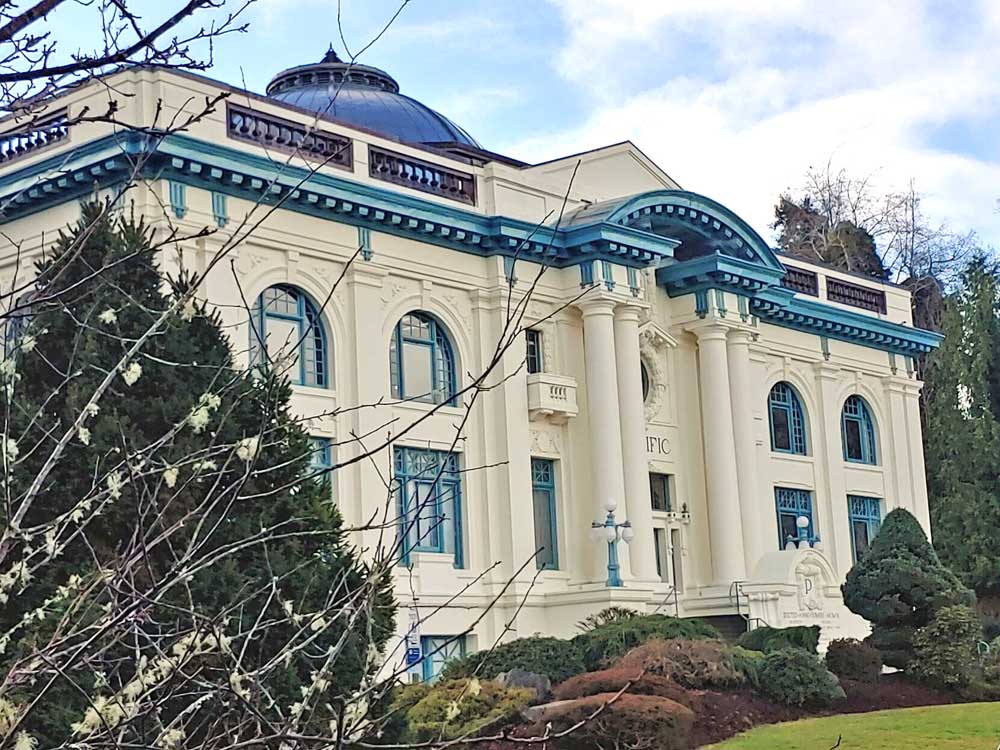Coast Chronicles: Try ‘deep reading’ this winter
Published 10:11 am Monday, November 28, 2022

- Like Old Faithful in Yellowstone National Park, “King Tide at the Cape” is a scene many feel excited to experience and photograph for themselves.
The best show in town
Last weekend many folks suitably stuffed with turkey and trimmings made their way to Waikiki Beach at Cape Disappointment to witness Mother Nature’s magnificence. King Tides were rolling — or should I say roiling — into the basalt headlands in a fury of white. I’m pretty sure it was the best show in town.
The Waikiki parking lot was so full that a friendly ranger with a speaker atop his vehicle came blasting through to tell us that folks not in official parking spots would be ticketed. (He gave us 10 minutes to move and half the crowd dashed out like rats leaving a sinking ship, abandoning their prime viewing spots in the driftwood.)
Most people had fancy camera equipment secured to tripods. But there were a few of us just gawking, oohing and ahhhing at the most spectacular waves as if they were firework displays. Blasts of white spray exploded against the cliffs as the biggest waves tumbled in. (In between times we were, in surfer lingo, “waiting for the set.”) I thought the best explosions were when one of those enormous waves pulled back and mashed up against the next wave plunging in, producing an especially giant and beautifully curling blast. From our shore view, several of these receding/incoming meet-ups completely obliterated the Cape D Light House.
The next set of King Tides, when the new or full moon is closest to earth and has a greater gravitational pull on the oceans — called a “perigee” — will take place during the week of Winter Solstice, Dec. 20-28. If you’ve never taken the time to watch this splendor, I highly recommend it. It provides, I think, a lesson in humility. (See oceanservice.noaa.gov/facts/kingtide.html for more information.)
Deep reading
Now on to the topic at hand: “deep reading.” Of course, anyone interested in picking up the Chinook Observer can read, though there are ways to listen to stories online. So you might think I wasn’t writing for you — but in fact, I am. As it turns out, how we read might be even more important than what we read. So read on.
New York Times reporter and podcaster Ezra Klein routinely rounds up fascinating experts on a wide range of topics; then he converses with them and posts his interviews. (Unfortunately, this may be behind a paywall: tinyurl.com/67rbcwn4) Ezra’s guest last week was literacy advocate, scholar and UCLA professor of education Maryanne Wolf. (She has a slew of other academic credentials: en.wikipedia.org/wiki/Maryanne_Wolf).
Maryanne had plenty to say about reading, but here’s her main newsflash: reading stuff on a screen is really different than reading a book. It may even be bad for your brain. She says that screen reading tends to cause us to flit around, to scan or skim, and that does not promote the kind of learning, growth and empathy that we get from deep reading.
Deep reading is the process of diving into a book and the words on the page in an almost reverential way — in a setting and a time frame that is placid and open-ended; that is to say deep reading requires quality attention. This kind of reading unwinds naturally, over time, and allows you to discover the thoughts, feelings and wisdom of the author and match them up with your own thoughts and knowledge. Deep reading helps us sort our thoughts, feelings and understandings, perhaps even triggers some re-ordering, some realizations, some new awareness.
The digital world
How we read has changed dramatically in a few short years, and Klein says this new kind of reading is really a human experiment. The internet’s all-things-digital has caused us to be blasted with information in seismic and cacophonous waves. It’s left a flotsam of chaos on the shores of our minds. And we don’t know how this experiment will turn out. Will it change how we reflect on and understand the world? How will it change our children?
Some of the effects are becoming clearer. Wolf talks about the temptation to set children in front of screens and let the “entertainment” factor take over. Of course this is compelling to kids — who doesn’t like to laugh or be pleasantly distracted? Studies have proven that kids understand more when read to by their parents, as opposed to hearing/seeing stories on a screen. The entertainment trap is true for adults too. In the parents-reading-to-kids study, some parents even interrupted their reading to check their phones. That’s how distracted and addicted to our phones many of us have become.
Despite this, Wolf doesn’t think we should or could turn back the clock to some kind of non-digital reading Utopia. That’s not possible. Her idea is simply that we need to understand what different types of reading do to our minds. In fact, she wants us to develop a bi-literate brain: able to both skim digital info effectively, yet retain our more contemplative deep reading habits.
And she points out that reading is a learned habit — how and where we were taught makes such a difference. Reading is not one of the given neural capacities like hearing or sight or cognition; she calls it “the invention of reading.” It does not exist in one part of the brain. Humans learned to read 6,000 years ago and reading lights up all parts of the brain.
Initially it was a matter of decoding, identifying letters, then words, then stringing words together. So reading is an example of the mind’s plasticity. And as we add layers of reading experience, we are making new neural pathways, new circuits, new synaptic structures over time. To expand on that capacity we must continue to evolve the process; the more we know, the more we add to this capability. Some may stay in that basic (or as she calls it “primitive”) decoding mode; but those that continue to broaden their reading ability, continue to evolve their own internal wisdom.
Too “woke”?
This may sound too “woke” given our current environment, but it rings true for me. I equate reading widely with being educated, and education is one of the most transformative influences on a life. New York Times columnist Nicolas Kristof, an Oregon resident, reiterates something many non-profit foundations have proven, “The best metric for where a society will be in 25 years is its education system.”
When I worked for ShoreBank (now Craft3) in Ilwaco, we had a partnership with the Ford Foundation which had proven that educating especially young girls has had the greatest impact in raising the quality of life for a nation, a region, or a community. Wolf’s research on literacy simply confirms that — deep reading feeds the brain and the soul.
So, if you’re looking for a different kind of giving this holiday season, try Success for All Foundation — www.successforall.org. Created by John Hopkins experts and based on voluminous research it focuses on “helping children read by third grade as the keystone to educational gains.” Their website is packed with amazing success stories, impressive data, and ways to help.
Stash the phone
And while you’re at it, put that phone away for awhile so you can remember what life was like without it. Yes, I snapped a few pics myself this weekend. But standing in the natural splendor at Waikiki Beach: low clouds, a tingling mist in the air, and pounding surf, it was startling to see how many people were experiencing this only through a digital-mediated-device: camera or phone. The most exciting part for me was feeling the cold on my cheeks, hearing the thunder, and watching with my own two miraculous eyes as Mother Nature conducted the best show in town. Stay tuned next week for winter reading part two: some of my recent favorite reads.
• • •
P.S. — Three members of my pod have come down with covid for the first time this past week. It’s still around folks! The doctors at Urgent Care across the river said that anyone over 65 with covid should take Paxlovid immediately. It’s available at pharmacies.









